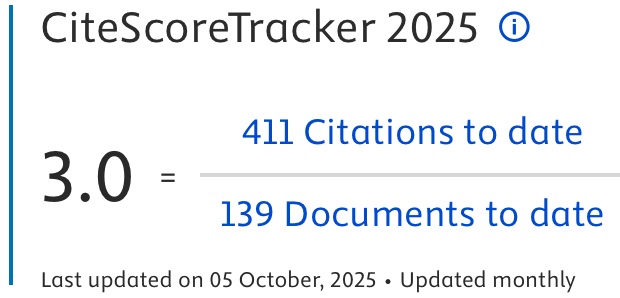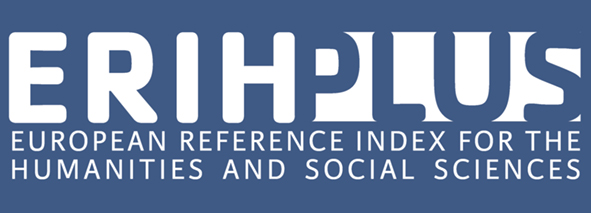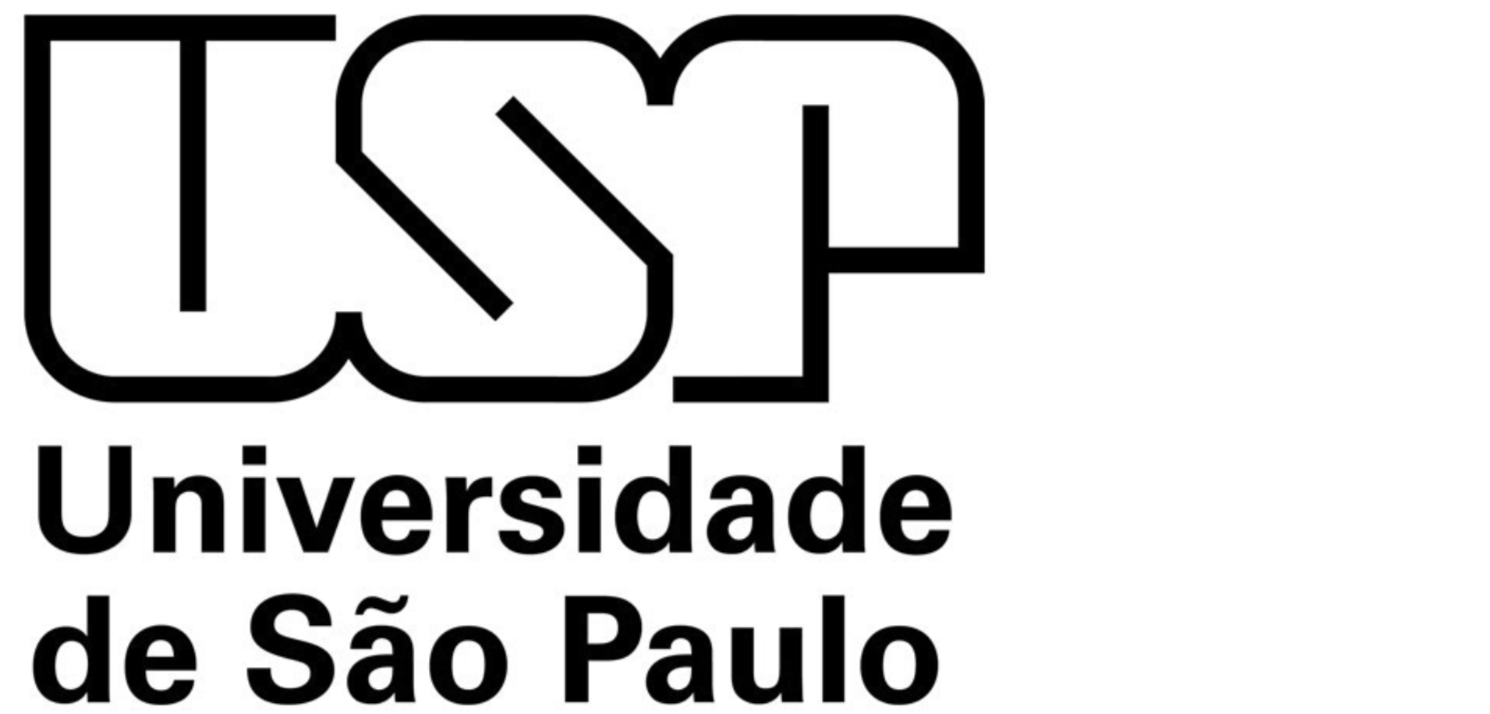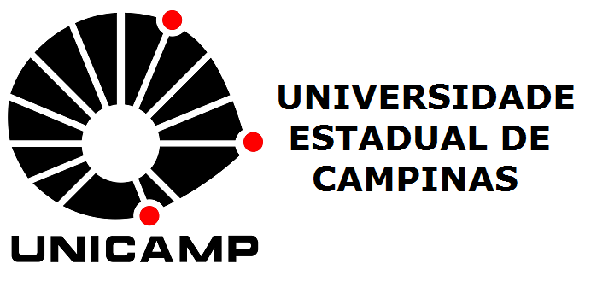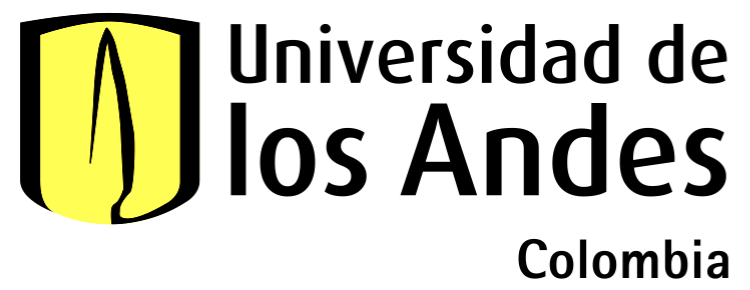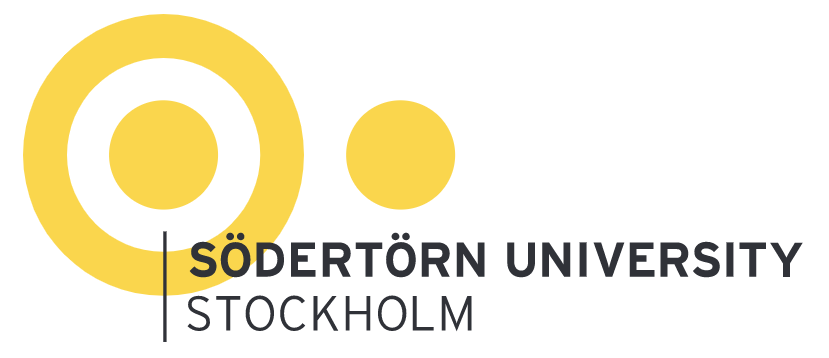Unveiling the invisible – Research projects for gender equality in the built heritage
DOI:
https://doi.org/10.69143/2464-9309/17112025Keywords:
research projects, gender equality, built heritage, architecture, engineeringAbstract
Why have women’s qualitative and quantitative contributions to construction often been forgotten or culpably omitted from official narratives? To answer this question, the proposed contribution critically reviews several actions and research projects the authors undertake. While the European project ‘MoMoWo’ and the intra-university project ‘Tecniche Sapienti’ focus on the object, namely the built heritage and the professionals, the ‘WAA’ project identifies the subjects who analyse and preserve the documentation related to this heritage. Beyond academic boundaries, the Italian Ministry of Culture also addresses the theme. The objective is twofold: to fill the gap in studies concerning the contributions of female designers in Italy and Europe and to trigger a process of knowledge and collaboration between subject and object.
Article info
Received: 15/03/2025; Revised: 26/04/2025; Accepted: 28/04/2025
Downloads
Article Metrics Graph
References
Álvarez, E. and Gómez, C. (2017), “The Invisible Women – How female architects were erased from history”, in The Architectural Review, newspaper online, 08/03/2017. [Online] Available at: architectural-review.com/essays/the-invisible-women-how-female-architects-were-erased-from-history?utm_source=WordPress&utm_medium=Recommendation&utm_campaign= Recommended_Articles [Accessed 25 April 2025].
Barsac, J. and Cherruet, S. (eds) (2019), Charlotte Perriand – Inventing A New World, Éditions Gallimard and Fondation Louis Vuitton, Paris.
Bassanini, G. and Canzi, G. (2023), Charlotte Perriand, Marinonibooks, Cassolnovo.
Belingardi, C. and Mattogno, C. (2021), “Tecniche Sapienti – Essere donna nella professione di ingegnere”, in Bartoloni, S. (ed.), Cittadinanze incompiute – La parabola dell’autorizzazione maritale, Viella Editrice, Roma, pp. 185-200. [Online] Available at: doi.org/10.23744/3859 [Accessed 25 April 2025].
Belotti, S., Prencipe, M. and Riciputo, A. (2023), “Tre pioniere dimenticate – Elena Luzzatto Valentini, Maria Emma Calandra e Valeria Caravacci”, in Baglione, C. and Pace, S. (eds), Al femminile – L’Architettura, le arti e la storia, FrancoAngeli, Milano, pp.182-97.
Bois, M. and Reinhold B. (eds) (2023), Margarete Schütte-Lihotzky – Architecture, Politics, Gender – New Perspectives on Her Life and Work, Birkhauser Architecture, Basel.
Burns, K. (2012), “A Girl’s Own Adventure – Gender in the Contemporary Architectural Theory Anthology”, in Journal of Architectural Education, vol. 65, issue 2, pp. 125-34. [Online] Available at: doi.org/10.1111/j.1531-314X.2011.01187.x [Accessed 25 April 2025].
Burns, K. and Brown, L. (2020), “Telling Transnational Histories of Women in Architecture – 1960-2015”, in Architectural Histories, vol. 8, issue 1, article 15, pp. 1-11. [Online] Available at: doi.org/10.5334/ah.403 [Accessed 25 April 2025].
Capuano, A. (2024), Luisa Anversa – Autoritratto di una generazione (1920-1950), LetteraVentidue, Siracusa.
Ceccarelli, L. and Prencipe, M. (eds) (2021), L’architettura civile di Paola Salmoni, Quodlibet, Macerata.
Cigliano Hartman, J. (ed.) (2022), The Women Who Changed Architecture, Princeton Architectural Press, New York.
Cocozza, M. (2022), Stefania Filo Speziale – Abitare la città mediterranea, Clean Edizioni, Napoli.
Fernández García, A. M., Franchini, C., Garda, E. and Seražin, H. (eds) (2016), MoMoWo – 100 Works in 100 Years – European Women in Architecture and Design – 1918-2018, France Stele Institute of Art History, Ljubljana. [Online] Available at: momowo.eu/wp-content/uploads/2015/01/MoMoWo_Catalog_final.pdf [Accessed 25 April 2025].
Fernández García, A. M., Seražin, H., Franchini, C. and Garda, E. (eds) (2018), Proceedings of the 3rd MoMoWo International Conference-Workshop, University of Oviedo, Spain, October 2-4, 2017, Založba ZRC, Ljubljana. [Online] Available at: uifs.zrc-sazu.si/sites/default/files/eng_proceedings_3_3.pdf [Accessed 25 April 2025].
Feuerstein, M., La Coe, J. and Zellner Basset, P. (2022), Expanding Field of Architecture – Women in Practice across the Globe, Lund Humphries, London.
Fioravanzo, M. (2021), “L’autorizzazione maritale e la sua abrogazione nel quadro europeo tra guerre e rivoluzioni (1919-1945)”, in Bartoloni, S. (ed.), Cittadinanze incompiute – La parabola dell’autorizzazione maritale, Viella Editrice, Roma, pp. 223-241. [Online] Available at: doi.org/10.23744/3861 [Accessed 25 April 2025].
Garda, E. and Franchini, C. (eds) (2018), MoMoWo – Women’s Creativity since the Modern Movement – An European Cultural Heritage, Politecnico di Torino, Torino. [Online] Available at: momowo.eu/wp-content/uploads/2018/12/MoMoWo_An-European-Cultural-Heritage1_final.pdf [Accessed 25 April 2025].
Gagliasso, E. and Zucco, F. (eds) (2007), Il genere nel paesaggio scientifico, Aracne, Roma.
Groot, M., Seražin, H., Garda, E. and Franchini, C. (eds) (2017), MoMoWo – Women designers, craftswomen, architects and engineers between 1918 and 1945, Založba ZRC, Ljubljana. [Online] Available at: momowo.eu/wp-content/uploads/2018/09/ebook_leiden_compressed.pdf [Accessed 25 April 2025].
Gürel, M. Ö. and Anthony, K. H. (2006), “The Canon and the Void – Gender, Race, and Architectural History Texts”, in Journal of Architectural Education, vol. 59, issue 3, pp. 66-76. [Online] Available at: jstor.org/stable/40480647 [Accessed 25 April 2025].
ISTAT (2024a), Istruzione e formazione. [Online] Available at: istat.it/wp-content/uploads/2024/04/2.pdf [Accessed 25 April 2025].
ISTAT (2024b), Livelli di istruzione e ritorni occupazionali – Anno 2023. [Online] Available at: istat.it/wp-content/uploads/2024/07/REPORT-livelli-istruzione.pdf [Accessed 25 April 2025].
Laurino, A. (2018), La Construcción Del Relato Arquitectónico y Las Arquitectas de La Modernidad – Un Análisis Feminista de La Historiografía, Doctoral Thesis, Universitat Politècnica de Catalunya, Barcelona, Spain. [Online] Available at: doi.org/10.5821/dissertation-2117-123109 [Accessed 25 April 2025].
Levi Sacerdotti, S., Seražin, H., Garda, E. and Franchini, C. (eds) (2016), MoMoWo – Women Architecture & Design Itineraries across Europe, France Stele Institute of Art History, Ljubljana. [Online] Available at: momowo.eu/cultural-touristic-itineraries-guide-book/ [Accessed 25 April 2025].
Mattogno, C. (2023), “Vittoria Calzolari – Un’urbanista militante”, in Baglione, C. and Pace, S. (eds), Al femminile – L’Architettura, le arti e la storia, FrancoAngeli, Roma, pp. 202-221.
Mattogno, C. and Prencipe, M. (2024), “Building memories / Writing new narratives – Discovering the Italian Tecniche Sapienti”, in Álvarez Isidro, E. M. and Gómez Alfonso, C. J. (eds), Book of Proceedings – ICAG2023 – VI International Conference on Architecture and Gender – 1973-2023 (International) Archive of Women in Architecture, Universitat Politècnica de València, Spain, October 3-6, 2023, Editorial Universitat Politècnica de València, Valencia, pp. 335-354. [Online] Available at: doi.org/10.4995/ICAG2023.2023.16726 [Accessed 25 April 2025].
Mesnage, S. (2012), “Éloge de l’ombre”, in Criticat, vol. 10, pp. 41-53. [Online] Available at: academia.edu/101308099/Stéphanie_Mesnage_Éloge_de_l_ombre_Criticat_ automne_2012_no_10_p_40_53 [Accessed 25 April 2025].
Pérez Moreno, L. C. (ed) 2018, Perspectivas de género en la arquitectura – Primer encuentro, Abada Editores, Madrid.
Sapienza Università di Roma (2024), Bilancio di genere 2023. [Online] Available at: uniroma1.it/sites/default/files/field_file_allegati/bilancio_di_genere_2023.pdf [Accessed 25 April 2025].
Seražin, H., Franchini, C. and Garda, E. (eds) (2018a), Proceedings of the 2nd MoMoWo International Conference-Workshop – Research Centre of Slovenian Academy of Science and Arts, France Stele Institute of Art History, Ljubljana, Slovenia, October 3-5, 2016, Založba ZRC, Ljubljana. [Online] Available at: uifs.zrc-sazu.si/sites/default/files/eng_proceedings_2_2.pdf [Accessed 25 April 2025].
Seražin, H., Franchini, C. and Garda, E. (eds) (2018b), Women’s Creativity since the Modern Movement (1918-2018) – Toward a New Perception and Reception, Založba ZRC, Ljubljana. [Online] Available at: momowo.eu/wp-content/uploads/2015/01/momowo_torin_2018-compressed-copy.pdf [Accessed 25 April 2025].
Sokolina, A. (2024), “Women in Architecture – Contested Legacies”, in Álvarez Isidro, E. M. and Gómez Alfonso, C. J. (eds), Book of Proceedings – ICAG2023 – VI International Conference on Architecture and Gender – 1973-2023 (International) Archive of Women in Architecture, Universitat Politècnica de València, Spain, October 3-6, 2023, Editorial Universitat Politècnica de València, Valencia, pp. 1294-1325. [Online] Available at: doi.org/10.4995/ICAG2023.2023.19781 [Accessed 25 April 2025].
UN – United Nations (2015), Transforming Our World – The 2030 Agenda for Sustainable Development, document A/RES/70/1. [Online] Available at: docs.un.org/en/A/RES/70/1 [Accessed 25 April 2025].
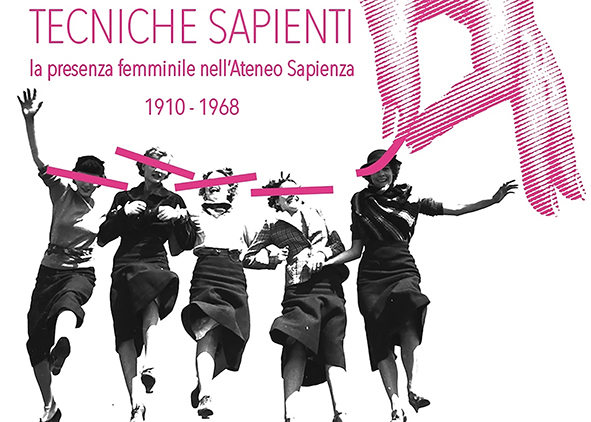
Downloads
Published
How to Cite
Issue
Section
Categories
License
Copyright (c) 2025 Emilia Garda, Teresa Casale, Giuliana Di Mari, Annunziata D’Orazio, Caterina Franchini, Claudia Mattogno, Caterina Mele, Monica Prencipe, Alessandra Renzulli

This work is licensed under a Creative Commons Attribution 4.0 International License.
This Journal is published under Creative Commons Attribution Licence 4.0 (CC-BY).
License scheme | Legal code
This License allows anyone to:
Share: copy and redistribute the material in any medium or format.
Adapt: remix, transform, and build upon the material for any purpose, even commercially.
Under the following terms
Attribution: Users must give appropriate credit, provide a link to the license, and indicate if changes were made; users may do so in any reasonable manner, but not in any way that suggests the licensor endorses them or their use.
No additional restrictions: Users may not apply legal terms or technological measures that legally restrict others from doing anything the license permits.
Notices
Users do not have to comply with the license for elements of the material in the public domain or where your use is permitted by an applicable exception or limitation.
No warranties are given. The license may not give users all of the permissions necessary for their intended use. For example, other rights such as publicity, privacy, or moral rights may limit how you use the material.






